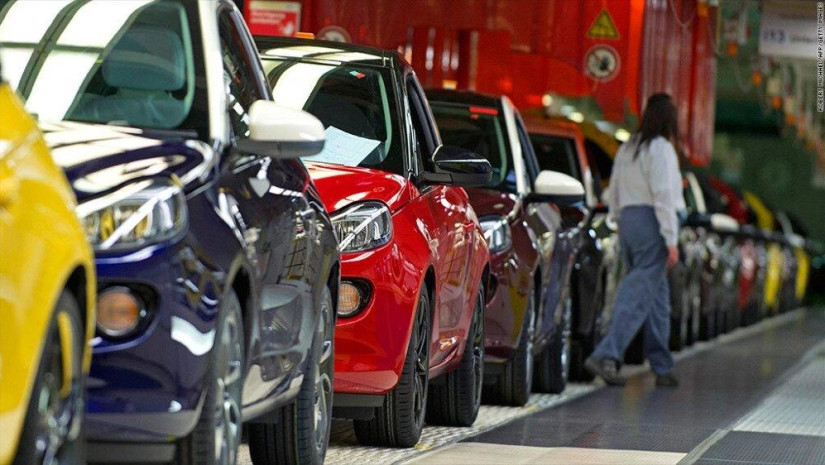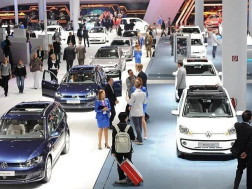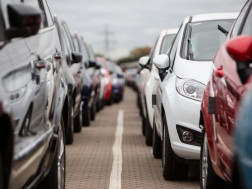In March 2023, the EU car market recorded a significant 28.8% increase in passenger car registrations, surpassing more than a million units (1,087,939). All the bloc’s largest markets saw double-digit growth last month, with Spain (66.1%) and Italy (40.7%) in the lead, the European Automobile Manufacturers Association (ACEA) said in a statement.
In the first quarter of 2023, the EU car market saw a substantial increase in new car registrations, with almost 2.7 million units sold. This marks a 17.9% increase compared to 2022, following solid results in the first three months. Among the four major EU markets, Spain (+44.5%) saw the highest gains, followed by Italy (+26.2%), France (+15.2%), and Germany (+6.5%).
Fuel types of new cars
March saw significant increases in the market share of hybrid cars to 24.3% and battery electric cars to 13.9%. Despite the shift to more sustainable models, petrol cars still retain the largest market share at 37.5%.
Electric cars
Last month, the EU witnessed a significant increase in new registrations of battery electric vehicles (BEVs), which surged by a massive 58% to reach 151,573 units. This is equivalent to a market share of 13.9% and represents a 2.5% increase from March 2022 (11.4%). Double- and triple-digit percentage gains were recorded in most EU member states. Notably, the third-largest market, the Netherlands, saw sales more than double, with a 132.6% increase. As a result, the cumulative number of units registered in the first quarter of 2023 rose by 43.2% to 320,987.
Hybrid electric vehicles (HEVs) had another strong month in March, with sales increasing by 38.1% to 264,694 units. This growth was largely due to double-digit increases in the EU’s four key markets, particularly Spain (+75.3%) and Italy (+47.8%). Consequently, HEVs reached a market share of 24.3%, up by 1.6% from March 2022 (22.7%).
After negative growth in the first two months of 2023, the EU market for plug-in hybrid vehicles (PHEVs) posted a modest 4.3% growth in March following improved sales in three of the four largest markets: Spain (+80.1%), France (+34.5%), and Italy (+23.1%). Conversely, the German market retracted by 38.5%. Despite increases in some key markets, the overall EU PHEV market share is losing ground to other vehicle segments, declining by 1.6% from 8.8% in March 2022 to 7.2% in 2023.
Petrol and diesel cars
In March 2023, new registrations of petrol cars in the EU grew significantly (+29.9%), now representing a market share of 37.5% (up 0.4% from March 2022). This growth was mainly concentrated in four key markets: Spain (+82%), Italy (+45.5%), France (+24.4%), and Germany (+22.8%). As a result, nearly 1 million petrol cars were sold in the first quarter of 2023, representing a 18.6% year-on-year increase. The EU diesel car market also performed better in March compared to 2022 (+11.8%), mainly sustained by three of the bloc’s largest markets: Italy (+38.2%), Spain (+21.1%), and Germany (+7.8%). However, diesel cars only represent 14.5% of the EU market share, down 1.1% from March 2022.
EU automobile industry
13.0 million Europeans work in the automotive sector
11.5% of all manufacturing jobs in the EU
€374.6 billion in tax revenue for European governments
€79.5 billion trade surplus for the European Union
Almost 8% of EU GDP generated by the auto industry
€58.8 billion in R&D spending annually, 32% of EU total.
















